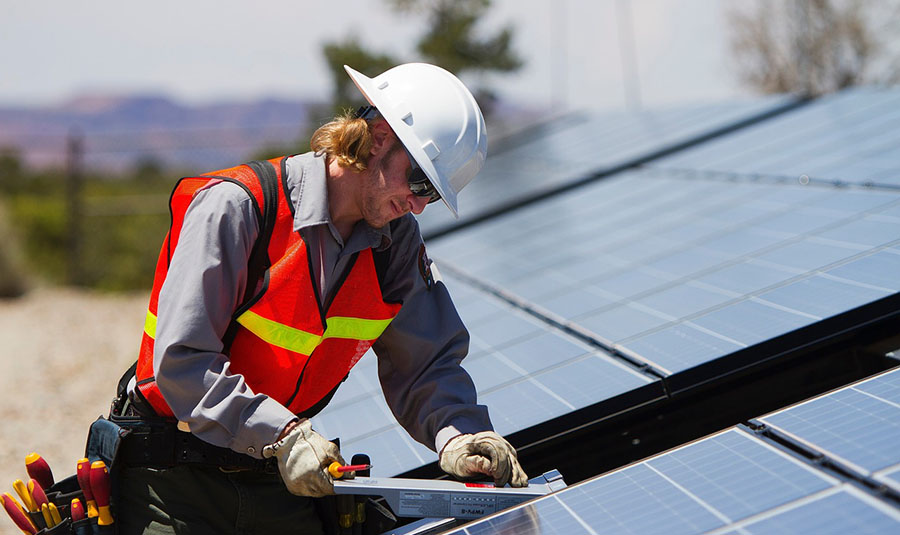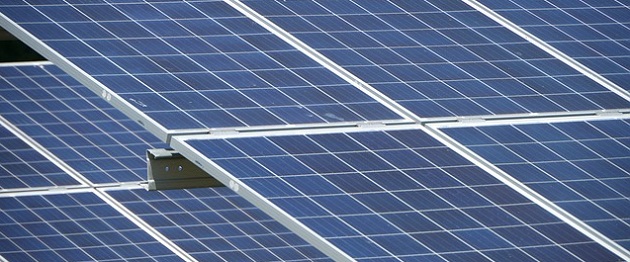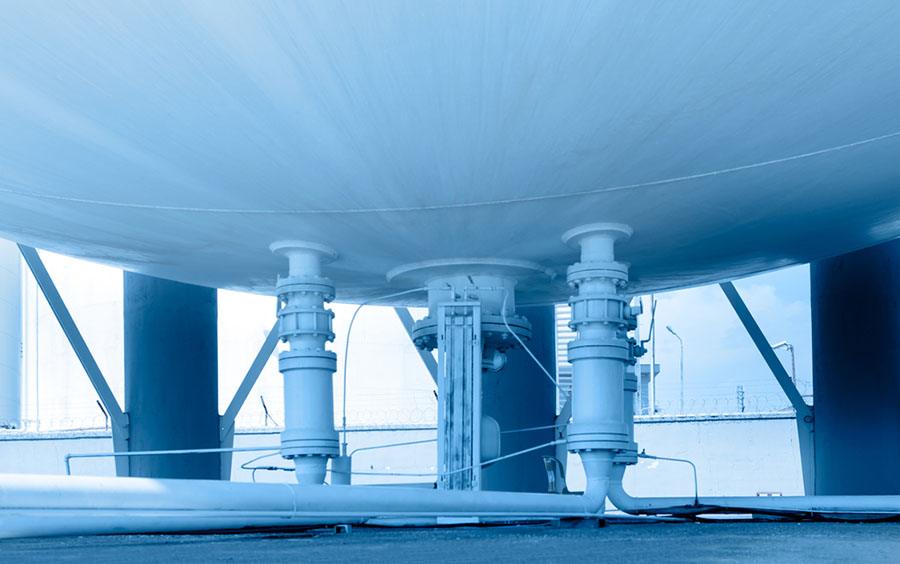China Fine-Tunes Wind Energy Industry
Source: REVE††(5/12/11)
"China's wind industry to follow new series of guidelines on June 1."
REVE
China's wind power industry, which has developed by leaps and bounds over the past five years, will have to follow a new series of guidelines and restrictions starting June 1, according to the 2011 edition of the Guideline Catalogue for Industrial Restructuring, a set of policy guidelines recently released by the National Development and Reform Commission (NDRC).
The new guidelines state that "new energy" sources, including wind energy, shall be considered as a separate category for "encouraged development." The 2005 edition of the guidelines stated that wind farm energy and other sources of clean energy would be grouped in with traditional sources.
Industry officials say that once an investment project is listed in the "encouraged development" category, the company or companies behind the project can enjoy preferential treatments such as floating shares in the stock market, lighter requirements for new bank loans and tax breaks.
However, under the new guidelines, China will not extend these preferential policies to companies that produce wind turbines with 2.5-megawatt-capacity or lower. Instead, the policies will encourage the development of larger-capacity turbines, as well as components for control systems and converters.
"There is an overabundance of investment in emerging energy sectors, such as the wind power sector. This is the result of an influx of capital into China's equipment manufacturing industry, which is operating under the idea that China has strictly controlled fixed investments in sectors that consume more energy and resources," said the NDRC in its interpretation of the new guidelines.
"If we don't regulate these sectors, companies will encounter problems in production and management. This will hinder independent innovation and restructuring," the NDRC said.
Industry officials said that with the new guidelines, China has finished fine-tuning its wind turbine manufacturing industry's policies, and that the production of outdated wind turbines will be eliminated.
China's wind power industry, which has developed by leaps and bounds over the past five years, will have to follow a new series of guidelines and restrictions starting June 1, according to the 2011 edition of the Guideline Catalogue for Industrial Restructuring, a set of policy guidelines recently released by the National Development and Reform Commission (NDRC).
The new guidelines state that "new energy" sources, including wind energy, shall be considered as a separate category for "encouraged development." The 2005 edition of the guidelines stated that wind farm energy and other sources of clean energy would be grouped in with traditional sources.
Industry officials say that once an investment project is listed in the "encouraged development" category, the company or companies behind the project can enjoy preferential treatments such as floating shares in the stock market, lighter requirements for new bank loans and tax breaks.
However, under the new guidelines, China will not extend these preferential policies to companies that produce wind turbines with 2.5-megawatt-capacity or lower. Instead, the policies will encourage the development of larger-capacity turbines, as well as components for control systems and converters.
"There is an overabundance of investment in emerging energy sectors, such as the wind power sector. This is the result of an influx of capital into China's equipment manufacturing industry, which is operating under the idea that China has strictly controlled fixed investments in sectors that consume more energy and resources," said the NDRC in its interpretation of the new guidelines.
"If we don't regulate these sectors, companies will encounter problems in production and management. This will hinder independent innovation and restructuring," the NDRC said.
Industry officials said that with the new guidelines, China has finished fine-tuning its wind turbine manufacturing industry's policies, and that the production of outdated wind turbines will be eliminated.



























































